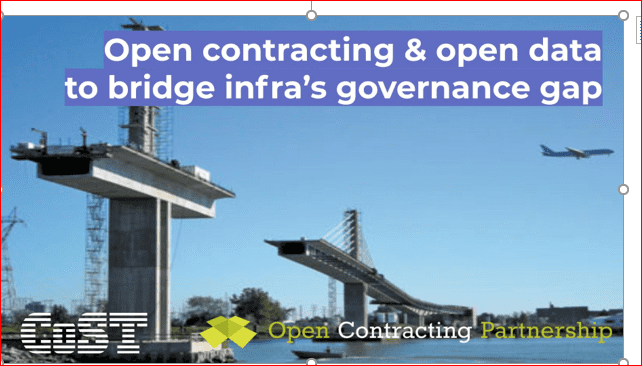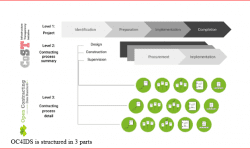

Our imagination of future buildings
As a Ugandan, think for a moment about what the future will look like 200 years from now. Imagination is a powerful tool. Most people will imagine a utopia of sorts where roads are good, vehicles and houses are run on clean green energy and communication between people is instant regardless of distance.
Albert Einstein famously said: “Imagination is everything. It is the preview of life’s coming” attractions.
What most people will not imagine are the policies, systems, and tools that need to be in place for all these things to happen. For there to be a fundamental improvement in the quality of life (the building blocks of the utopia we all imagine and want), there has to be a well-functioning and inclusive public infrastructure. From roads to power plants right down to the basic human need for clean water and sanitation. Infrastructure matters to people, and businesses everywhere.

The Dystopia we are in now
Globally, the need for infrastructure investment is forecast to reach $94 trillion by 2040, and a further $3.5 trillion will be required to meet the United Nation’s Sustainable Development Goals for electricity and water.
Infrastructure impacts the economy
Infrastructure includes basic equipment and structures such as roads, schools, hospitals and bridges needed for a country, region, or organization to function properly. Look at the country’s poorest areas, do they have a good infrastructure base?
Infrastructure contributes to economic development by increasing productivity and providing services that enhance the quality of life. Services generated as a result of an adequate infrastructure base will result in an increase in aggregate output, such as increased agricultural output by farmers through improved roads, electricity generation, transmission and distribution, water and irrigation projects.
The bottom line is that infrastructure and the economy are two integral parts of the same teapot. Information and access to it are provided by the 3 leg that completes the tripod.
Open Contracting for infrastructure
Without guidelines, reporting on infrastructure would be exceptionally difficult. This is where the Open Contracting for Infrastructure Data Standard comes in. The Open Contracting for Infrastructure Data Standard #OC4IDS is a new data standard developed jointly by CoST-Infrastructure Transparency Initiative and Open Contracting Partnership.
OC4IDS builds on good practices in open data and the global disclosure of information on public procurement and infrastructure.

OC4IDS is structured in 3 parts
The standard connects siloed information to better publish and track investments and delivery infrastructure. OC4IDS provides government officials with clear guidance on what information to disclose and, more importantly, how to disclose at each stage of an infrastructure project delivery.
This will help ensure that public money is well spent from the start to finish, and potentially operation maintenance or beyond.
It provides information at
- The project level, which moves through identification, preparation, implementation and completion phases — with important items to disclose at each point;
- The contracting summary level — which captures key information about the contracts that deliver design, construction, and supervision;
- The contract process detail level — where each update and variation to a contract can be monitored, and justifications and explanations for change sought.

OC4IDS helps get rid of the cumbersome paper-based process
What makes OC4IDS effective is that it turns inefficient, paper-based processes into machine-readable, interoperable, open data to unlock performance, improve competitiveness, and provide better value for money.
Better data across the project cycle would allow citizens, civil society and journalists to access relevant information to keep officials accountable and build better infrastructure for all.
Publishing OC4IDS data
OC4IDS can be used to publish standardized open data on infrastructure projects where information is already collected and disclosed through transparency portals on infrastructure, whether by multi-stakeholder groups, government agencies or civil society organizations.
Publishing OC4IDS is a 4-step process
- Make a commitment to disclose
- Map data to disclose
- Build systems
- Publish data
It is to everyone’s joy if the infrastructure that has been planned is delivered with the knowledge of every citizen/stakeholder in Uganda. So, our imagination would be a reality, a dream come true. It is within every citizen’s mandate to engage their respective citizen leaders on the relevance of these standards, as a one-stop gate to eliminating inefficiencies and losses caused by the gaps in infrastructure delivery.



